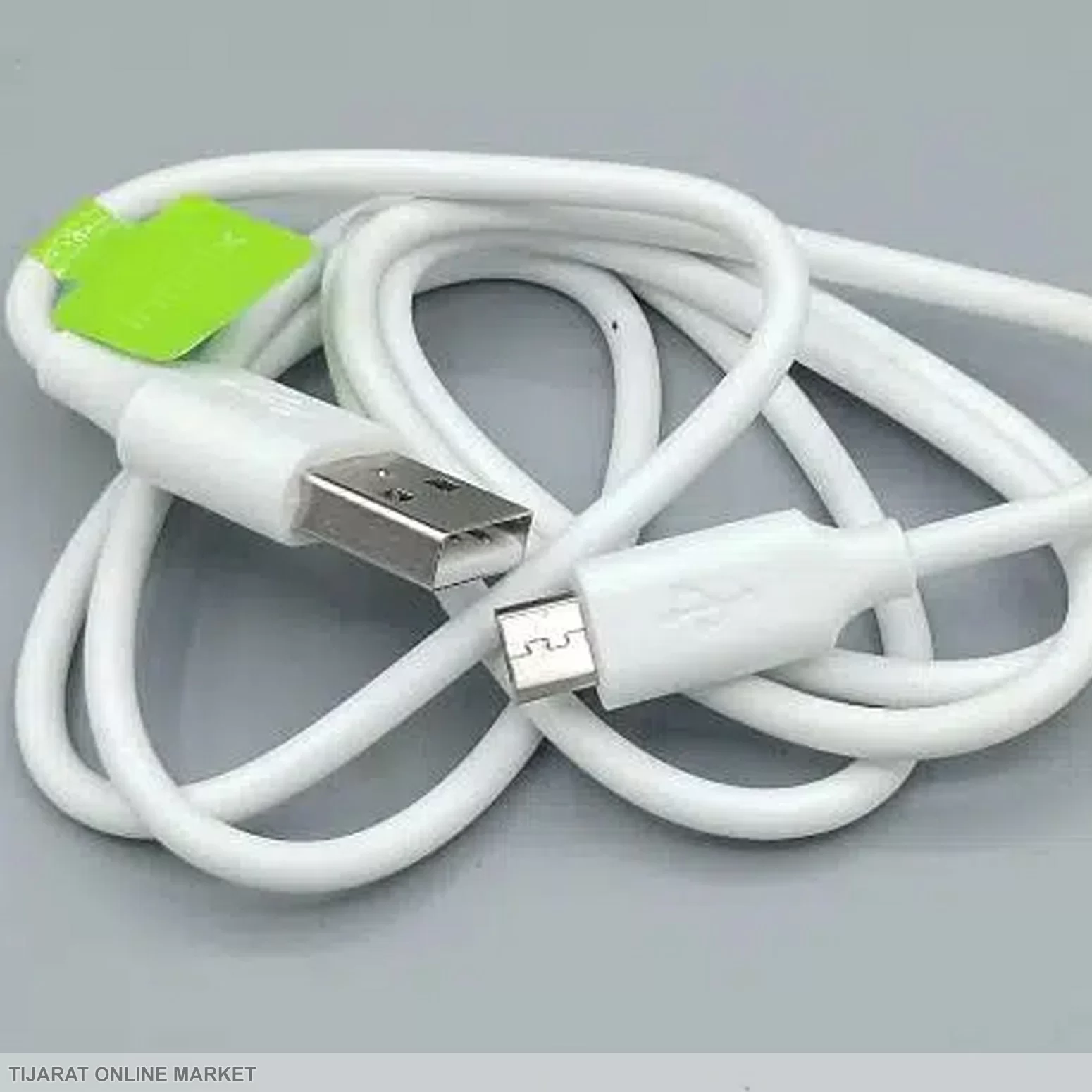In the dynamic landscape of Pakistan’s technological advancement, the unassuming yet indispensable data cable has emerged as a silent hero, underpinning the nation’s connectivity infrastructure. From powering internet connectivity to facilitating communication networks, data cables have become the lifeline of modern civilization. This article delves into the evolution, significance, and future prospects of data cables in Pakistan, exploring their role in shaping the country’s digital future.
The Genesis of Data Cables in Pakistan:
The advent of data cables in Pakistan can be traced back to the late 20th century when the country embarked on its journey towards technological modernization. Initially, data cables were primarily used for basic telecommunication purposes, connecting landline telephones and enabling data transmission over short distances. However, with the proliferation of the internet in the early 2000s, the demand for high-speed data transmission skyrocketed, leading to a paradigm shift in the usage of data cables.
The Evolutionary Trajectory:
Over the years, the evolution of data cables in Pakistan has mirrored global trends, with advancements in technology driving innovation and efficiency. The transition from traditional copper cables to fiber optics marked a significant milestone, revolutionizing the telecommunications industry by offering unparalleled speed and reliability.
Fiber optic cables, with their ability to transmit data at the speed of light and over long distances, have played a pivotal role in enhancing Pakistan’s connectivity infrastructure. The deployment of submarine cables connecting Pakistan to the international grid further bolstered the country’s access to global information networks, catalyzing economic growth and technological development.
Ubiquitous Applications:
The ubiquitous nature of data cables permeates every facet of Pakistani society, from urban centers to remote rural areas. In urban conglomerates like Karachi, Lahore, and Islamabad, high-speed internet connectivity facilitated by fiber optic cables has fueled the growth of digital industries, including e-commerce, software development, and IT services. Moreover, the seamless transmission of data through underground fiber optic networks has transformed the way businesses operate, enabling real-time communication and streamlined operations.
In rural and underserved areas, data cables have been instrumental in bridging the digital divide by providing access to essential services such as telemedicine, e-learning, and agricultural information systems. Government initiatives aimed at extending broadband connectivity to remote regions have relied heavily on the deployment of data cables, thereby empowering marginalized communities and fostering inclusive development.
Challenges and Opportunities:
Despite the remarkable strides made in data cable infrastructure, Pakistan faces several challenges that warrant attention. One of the foremost challenges is the need for continued investment in upgrading and expanding the existing network infrastructure to keep pace with evolving technological standards. Additionally, issues such as right-of-way constraints, regulatory hurdles, and security concerns pose impediments to the seamless deployment of data cables across the country.
However, amidst these challenges lie immense opportunities for innovation and growth. The advent of 5G technology promises to revolutionize the telecommunications landscape, ushering in an era of ultra-fast connectivity and low-latency communication. Leveraging this opportunity requires concerted efforts from both the public and private sectors to invest in 5G-compatible infrastructure and foster an ecosystem conducive to innovation.
Furthermore, the emergence of smart cities presents a fertile ground for the proliferation of data cables, as cities seek to integrate IoT devices, sensors, and autonomous systems into their urban infrastructure. By harnessing the power of data cables, Pakistan can embark on a transformative journey towards building sustainable and technologically advanced urban centers.
Future Outlook:
Looking ahead, the future of data cables in Pakistan appears promising, albeit with its share of challenges and uncertainties. As the nation marches towards digital transformation, the demand for high-speed connectivity will continue to escalate, necessitating robust investments in data cable infrastructure.
Moreover, initiatives aimed at promoting digital literacy and fostering an innovation-driven ecosystem are crucial for maximizing the potential of data cables in driving socio-economic development. By embracing emerging technologies such as artificial intelligence, blockchain, and edge computing, Pakistan can unlock new opportunities for growth and prosperity.
In conclusion, data cables occupy a central position in Pakistan’s technological landscape, serving as the backbone of its digital infrastructure. As the country navigates the complexities of the digital age, the role of data cables in fostering connectivity, innovation, and inclusive development cannot be overstated. By embracing technological advancements and forging strategic partnerships, Pakistan can harness the transformative power of data cables to build a brighter and more prosperous future for its citizens.



